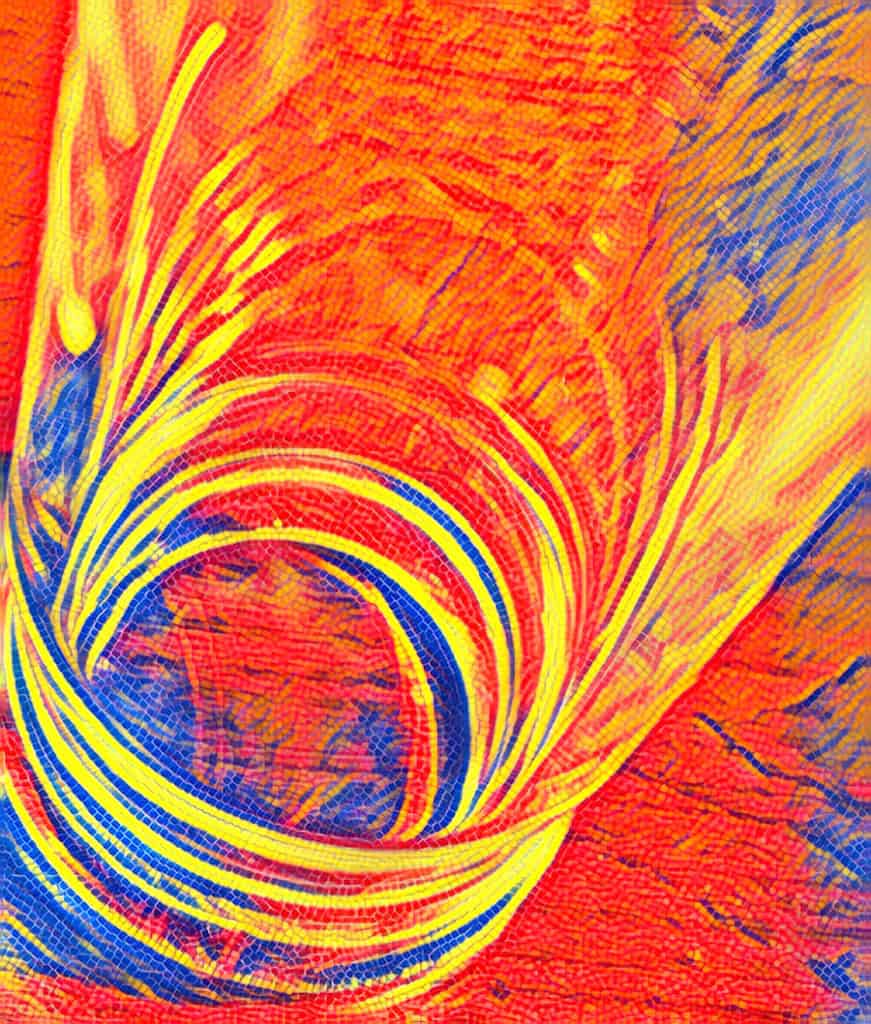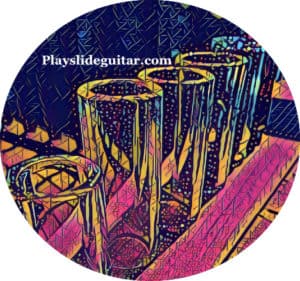As an Amazon Associate Playslideguitar.com earns from qualifying purchases. This page contains affiliate links.
Although it isn’t thought of as a fundamental part of a slide guitar’s sound, a delay pedal is one of the best sonic tools you can have for slide guitar. Using one can open up a lot of expressive possibilities, and delay is also a good way to add more depth and texture to your tone.
Delay is great for adding more tail-end to your sustained notes, and can add a lot of dimension to your reverb as well. Using a delay pedal for slide guitar can be very useful, both tonally and creatively.
Let’s take a look at ways to use a delay pedal for slide guitar…
Thicken Up The Reverb
Because there are certain parameters you can set on any delay pedal, there are a lot of ways to use one. It is easy to think that delay is just another atmospheric effect for guitar, however delay is one of the most versatile sonic tools for musicians.
Delay is actually closely related to reverb in many ways, and most of us can’t even imagine music and instruments not having some amount of reverb added to them. One of the best ways to use delay is to accentuate and add more depth to your reverb.
Most amps will have reverb built into them, but besides turning a knob that increases its level, how much control do you really have over your reverb? Using a delay pedal to accentuate your reverb is a lot like having a remote control for your reverb.

If you set your delay pedal just right, you can extend the tail-end of notes in a subtle way. When this happens, your sustained notes hit the reverb unit of your amp, which pushes the reverb with a different energy.
This can often be perceived by listeners as having a more textured, rich tone that sounds creamy. The combination of the delay and reverb can produce a luscious sounding decay of the sustained notes, and as you add vibrato with your slide the sound can have considerable breadth to it.
Since vibrato and sustain are so vital to the slide guitar’s sound, using delay to accentuate your reverb is a nice way to bring out more of the slide sound that people enjoy.
A Sonically Creative Texture
You can set your delay pedal’s feedback and delay time settings so that each note you play is repeated a couple of times, which can be perceived as echoes. This is a great way to add textures to a song, especially if you use it with reverb and a volume pedal.
By having the notes you play repeat a few times, while their volume slowly dissipates, you can make them sound like they are “floating” sonically. This gives them an almost atmospheric quality and can be a great way to add more energy to fills, riffs, solos, and pads.
If you swell into the notes with a volume pedal (place this before the delay and reverb in your signal chain), you can take away their attack so that they have an ethereal quality to them. This is a great way to create sounds and noises for soundscapes and film soundtracks as well.
This textured effect isn’t heard as often in music, and it has a way of catching listeners’ attention. Listen to Tim Reynolds’ use of this effect on the track below…
He is able to enhance the soundscape of the acoustic duo, and add a sustained texture that works well as an atmospheric pad. Alternatively, you can also activate the delay pedal in this manner during the climax of a solo, which can give the notes a soaring effect and increase the energy during this part of the song.
Sound Effects
Of course, the delay pedal can always be used with slide guitar for sound effects and more experimental noises. Because the slide has so many ways of expressing and articulating notes (much like the human voice), it can work really well with a delay pedal to create all kinds of sound effects.
Your delay pedal can be used with the slide to create tapping noises, whale calls, train sounds, whistles, alien sounds, and more. Try varying the delay’s feedback, decay, and time settings to see what sounds you can create.
Use the slide to voice notes in a unique way that wouldn’t be possible with just your fingers. You can slide slowly (or quickly) along the fretboard to create all kinds of cool sounds when the delay pedal is engaged.
Some of these can often sound like howls, sirens, screams, etc. This is a great way to evoke emotional qualities with the slide guitar, which resonate with listeners because of their relation to life, nature, humans, and animals.
Best Delay Pedals for Slide Guitar
There are some great delay pedal options for slide guitar, which are not only nice sonic tools to have, but they are really enjoyable to use. Check out the pedals below, which can be good to use for creating various tones, sounds, and textures…
Best Analog Tape Sound with Warmth: Strymon El Capistan dTape Echo (link to Amazon)

This is a good delay pedal to use if you’re looking to add more depth to your slide guitar’s tone, vibrato, and reverb. Since it will provide the sonic warmth that analog tape is known for, this pedal can be great to use for slide in rock, blues, jazz, pop, and other styles of music (especially if you use a tube amp). Click here to view it on Amazon…
Most Precision and Control: Boss’s DD-500 Digital Delay (available on Amazon)

Boss’s Digital Delay pedals have gained a reputation over the years as being one of the best options for guitar delay pedals. The DD-500 is really versatile, which makes it great for recording or playing slide guitar live.
Having the different delay modes, and the time, feedback, and tone controls, makes it nice to use for various delay styles. It’s great for accentuating the slide’s sustain and vibrato, as well as thickening up your reverb. It’ll also provide plenty of options if your looking to experiment with delay for soundscapes and film soundtracks. Click here to see it on Amazon…
Best Value and Ease of Use: TC Electronic’s Flashback Delay (link to Amazon)

If you’re just looking to add some delay to your slide guitar’s signal chain to experiment tonally, or to add more dimension to your reverb, this pedal can be a good option. With relatively few controls, this pedal is intuitive and easy to use, and most of your delay’s functionality will be controlled by the delay and feedback knobs.
Also, you’ll be able to see what settings sound best tonally with your slide playing, and it’s nice that it also has tape and loop options. Click here to view it on Amazon…
Highest Quality and Functionality: Strymon’s TimeLine Delay Pedal (available on Amazon)

If you’re looking to invest in a delay pedal for slide guitar for the studio, practice room, or stage, this is a great option. It will give you plenty of delay parameters and settings, and will have a reliable tone (that Strymon pedals are known for).
Also, this can be a great delay pedal for slide guitar if you play a variety of musical styles with various bands. It’s a good choice for adding more dimension to your reverb and tone, as well as for experimenting and jamming with. Click here to view it on Amazon…
Check out the page below if you’re interested in using a compressor pedal for slide guitar…
